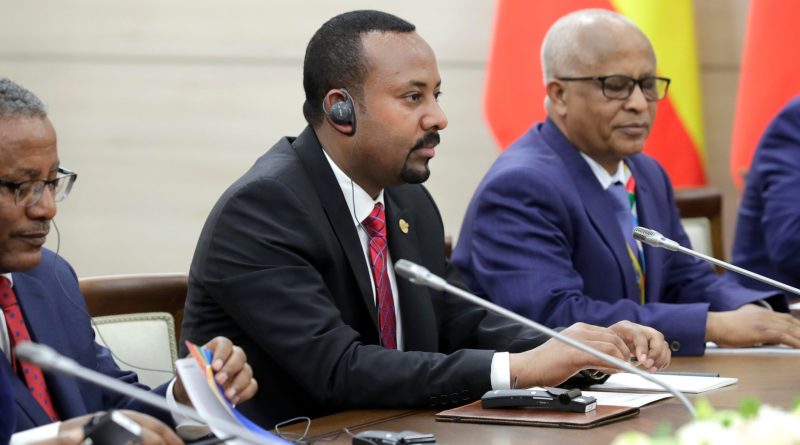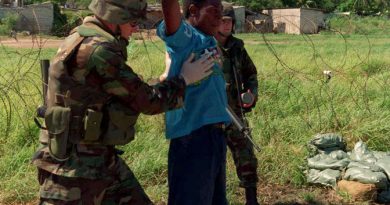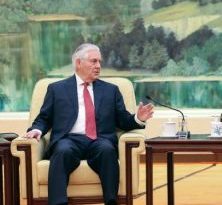Leader of Ethiopian Tigray Region Fires Missiles at Eritrean City
Shweta Parthasarathy
Staff Writer
The leader of Ethiopia’s Tigray region confirmed the firing of missiles at Eritrea’s capital city of Asmara, reports the Associated Press. This event marks an escalation in the violent conflict between Ethiopia’s federal government and the government of the Tigray region, which has seemingly become an international armed conflict.
According to Al Jazeera, at least three rockets were fired at Asmara on the evening of November 14, with at least two hitting Asmara’s airport. Residents of Asmara reported hearing at least four explosions in total.
Al Jazeera reports that the president of the Tigray region, Debretsion Gebremichael, said his forces have been fighting Eritrean forces “on several fronts” in the days following the missile strike. He did not specify where, but he did say Eritrean forces, specifically “16 divisions” of troops, were deployed.
In the days following this escalation, Ethiopian troops took the towns of Axum and Adwa, Reuters reports, citing a government statement. As of November 19, Ethiopian troops are advancing toward Adigrat, a town north of Mekelle, which is the regional capital of Tigray and home to about half a million people.
The conflict in Ethiopia is between the regional Tigray government and the country’s Nobel Peace Prize-winning prime minister whose reforms marginalized Tigrayan’ power. According to Voice of America, hundreds have been killed since Ethiopian Prime Minister Abiy Ahmed sent the national defense force into Tigray on November 4. The prime minister has accused the Tigray People’s Liberation Front of treason and terrorism and has said his military campaign will restore order, reports Al Jazeera. According to BBC News, there have been reports of possible cooperation between Ethiopia’s federal government and the government of Eritrea, but Prime Minister Abiy appeared to deny this claim. He explained that Ethiopia was “more than capable of attaining the objectives of the operation by itself.”
According to the Associated Press, these clashes could destabilize the Horn of Africa, fracture a key United States security ally, and could result in thousands of refugees being forced to flee to Sudan. Due to the conflict’s potential international consequences, the U.S. strongly condemned the Tigray region’s “unjustifiable attacks against Eritrea … and its efforts to internationalize the conflict,” reports the Associated Press.
There have been reports of a burgeoning humanitarian crisis in the region, thanks in large part to the escalation of this conflict. According to Reuters, the United Nations has helped set up the Um Rakuba settlement in Sudan, where aid workers are setting up a camp in the scrubland for 10,000 refugees, most of whom are Tigrayan. Many aid agencies fear a humanitarian emergency may develop in Tigray, where, prior to the conflict, hundreds of thousands of people have depended on relief aid . The conflict is forcing refugees to use overcrowded boats to cross a river to Sudan, overwhelming aid groups on both sides. Axel Bisschop of the United Nations Human Rights Council explained that the UN had planned for 20,000 refugees to enter Sudan, but that “the new planning figure is around 200,000.”
In regards to the humanitarian concerns, UNICEF’s representative, Abdullah Fadil, is worried about the impact this conflict could have on Sudan and other countries, reports Reuters. Sudan is already hosting over one million refugees from other African wars, and this conflict is putting a strain on their resources. In a briefing, Fadil said, “Our serious concern is if we do not act quickly with the resources needed…this could unravel not only Ethiopia but also Sudan.”
Image courtesy of The Kremlin, Moscow (Wikimedia Commons)




